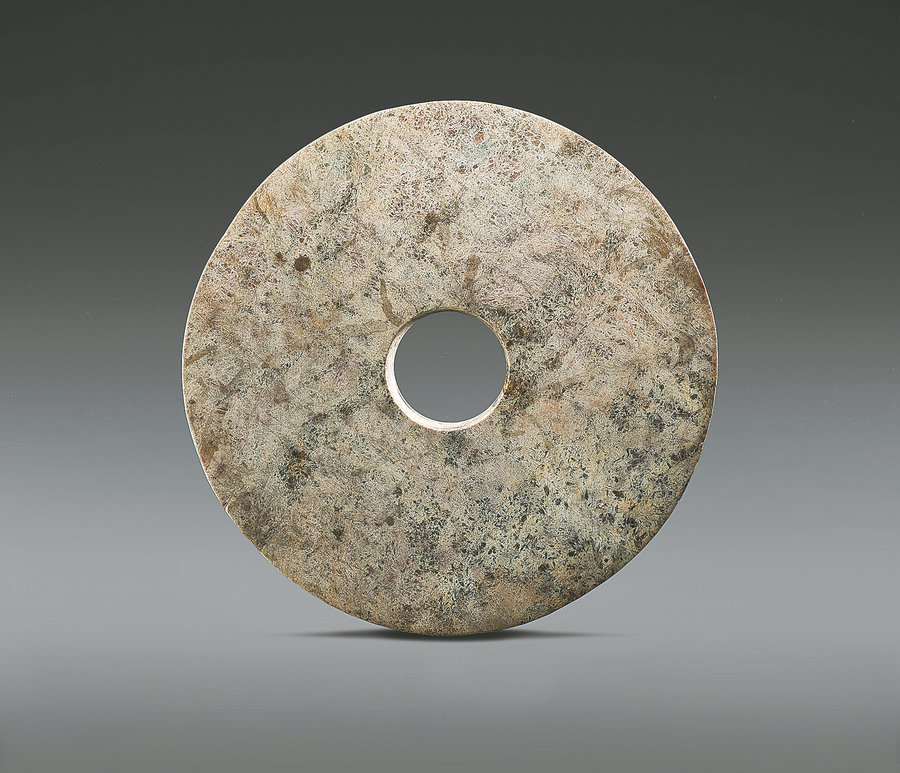

It's common to not find anything, even after digging for a year. This year, for instance, his team only uncovered a piece of pottery.
Wang says the discovery of the dam system at the Liangzhu site may provide a new prospect for archaeologists in China — they might find similar public utilities at other sites.
Prehistoric people in China mainly cultivated rice fields and such types of hydraulic projects were related closely to agriculture.
"Maybe it can become a special archaeological direction in China," says Wang, explaining that at the time, people in the West mainly grew crops that didn't need water irrigation systems like those required by paddy fields. He adds that dams found in the West at that time were very small in scale and used mostly for flood prevention.
The relic park of Laohuling site opened to the public in July. It is situated northwest of Liangzhu city and displays the dams, some of which reach more than 30 meters high.
Last year, the relic park of Yaoshan site opened, where most of the jade pieces were unearthed from tombs of various social levels, including a tomb that is regarded to be that of a ruler. The skill of jadeware production reached a peak in China and Asia in Liangzhu culture, says Wang. It reflected a highly stratified society.